Qin Pro DM performance test: it is true that there is electricity and no electricity.
Overview:
BYD Qin DM is one of the most common plug-in hybrid vehicles on the road today. Six years ago, when the first plug-in hybrid vehicle F3DM was not recognized by the market, BYD still insisted on launching Qin DM. At that time, there were not many plug-in hybrid vehicles in the automobile market. With the powerful power of 5.9 seconds and the excellent comprehensive product strength at that time, Qin DM quickly occupied the market and dug the first pot of gold for BYD in the plug-in hybrid vehicle market. Times have changed. Today, Qin DM has developed into the second generation model, and the model name has been changed to Qin Pro DM. In the market, it has to face many more competitors than it did six years ago. Does it have advantages in power, fuel consumption and noise performance compared with competitors? We’ll know by measuring it.
Test conditions:
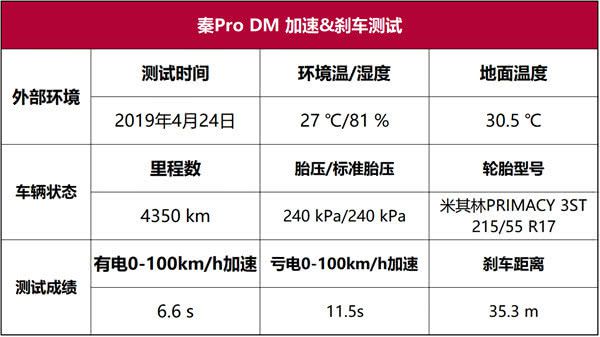
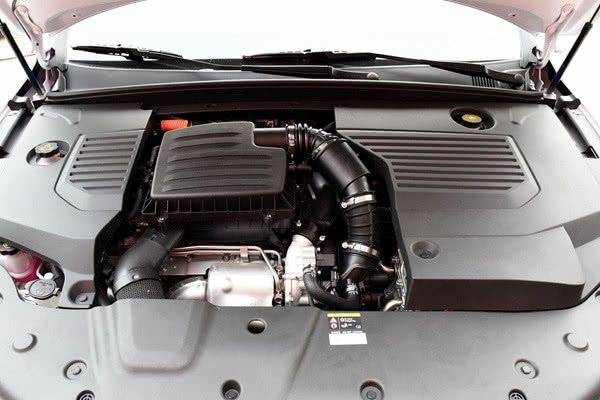
Qin Pro DM’s hybrid system consists of BSG motor, 1.5T turbocharged engine (maximum power of 113kW, maximum torque of 240Nm), 6-speed dual clutch and front axle drive motor (maximum power of 110kW, maximum torque of 250Nm), in which the BSG motor is located at the traditional starting motor position, while the front axle drive motor is located at the output shaft of the gearbox. From the structure of the hybrid system, Qin Pro DM is basically the same as Qin DM, except that the BSG motor with higher power is replaced, which theoretically helps to improve the ride comfort and power generation efficiency, thus improving the car experience and reducing fuel consumption. Qin Pro DM is available in 53km and 80km pure battery life versions. This time, the 80km pure battery life model is tested.
Acceleration & Braking Test:Just one word
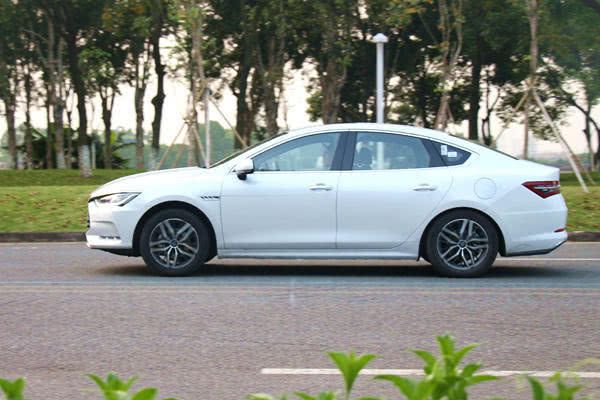
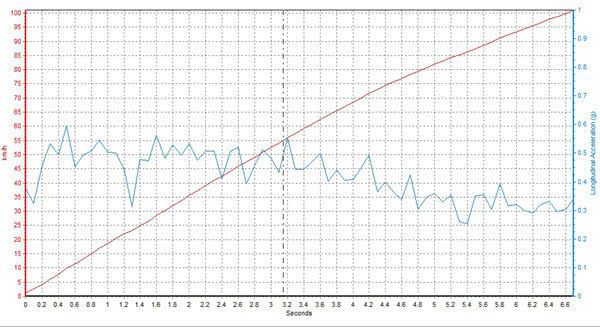
(BYD Qin PRODM0-100 km/h with electricity (49% electricity) Acceleration score: 6.6s)
Qin Pro DM, like the previous generation Qin DM, has a flamboyant "5.9s" on its rear, indicating that the official 0-100km/h acceleration of this car only takes 5.9s.. Because the test time of this test drive is very tight, we didn’t have a chance to test its acceleration performance at 100% power, so we had to settle for the second best. After the high-speed fuel consumption due to power loss, the engine was recharged to 49%, and the acceleration test was carried out with power. After actual measurement, in HEV (hybrid) +Sport mode, Qin Pro DM finally achieved a score of 6.6s Although there is still a gap with the official data, for an A-class car with a price of only 100,000 yuan, this acceleration ability is already outstanding.
When you step on the accelerator pedal at the moment of releasing the brake, you can feel that the motor can provide sufficient power in an instant. As can be seen from the chart, the initial G value is close to 0.37g g. Subsequently, with the increase of engine speed, the power continues to increase, and the motor and the engine work together to push the G value close to 0.6g in about 0.5s, which brings a strong push-back feeling. In the process of acceleration, you can feel the differential sense of power section and the decline of engine speed caused by the upshift of the gearbox, but the upshift is very fast, and the acceleration sense does not weaken obviously after the upshift, until the speed reaches 100km/h, the G value can be kept above 0.3g
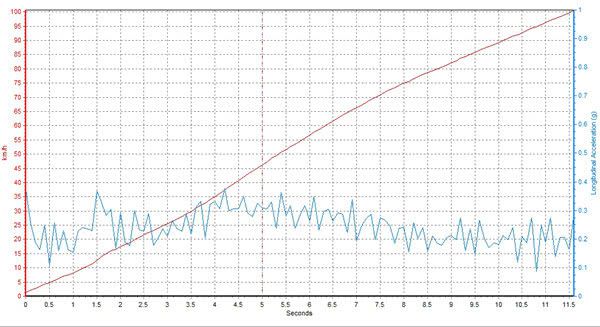
(BYD Qin PRODM0-100 km/h power loss (12% power) Acceleration score: 11.5s)
With the decrease of battery power, it can be clearly felt that the acceleration ability of Qin Pro DM is gradually weakening. Under the condition of 15% power, it takes 10.2s for 0-100km/h, and 11.5s for 0-100km/h under the condition of 12% power. However, it is basically impossible for most people to drive the power to only 12% when using Qin Pro DM every day, because when the power is lower than 15%, the engine will be forced to start to charge the battery, and the charging efficiency is relatively high. As long as the floor oil is not frequently stepped on, the power cannot be reduced to only 12%.
As can be seen from the chart, in the state of power loss, the motor will still exert force at the beginning, but it will be weak in an instant because of insufficient power, and then the whole vehicle will be driven forward mainly by the power brought by the increase of the speed of the 1.5T engine. Fortunately, the 1.5T engine didn’t seem to be struggling to pull the car. During the acceleration process, the BSG motor continued to charge, and the driving motor could still provide a little power assistance. Until the speed reached 100km/h, the acceleration could still climb up to nearly 0.3g, so it was not weak in the later stage, and the power experience in the power loss state was better than that of Tang DM tested before.
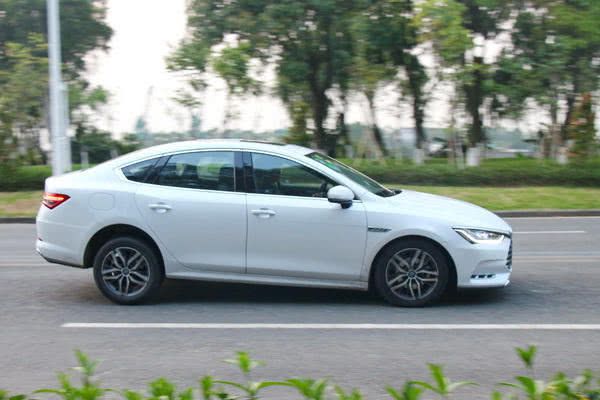
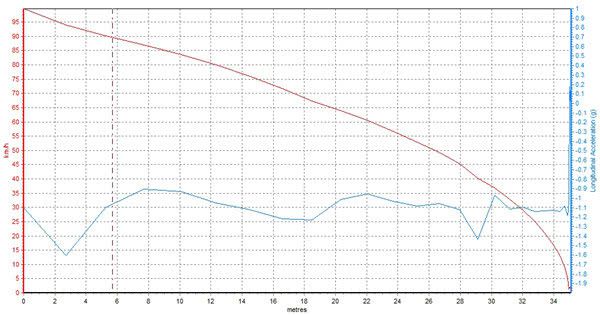
(BYD Qin Pro DM 100-0 km/h braking performance: 35.3m)
In terms of braking, the score of 35.3m is absolutely excellent, the braking force is also very stable during the whole braking process, and the brake pedal does not have ABS bounce. However, it should be pointed out that in the process of full braking, Qin Pro DM’s nodding phenomenon is obvious, and the braking will have thermal attenuation phenomenon. After repeated tests, the braking distance is extended to 40.4m, and the burden of heavy vehicle weight on braking is still obvious, so although Qin Pro DM is fast, it is not suitable for intense driving.
Fuel consumption test: no charge and no fuel consumption.
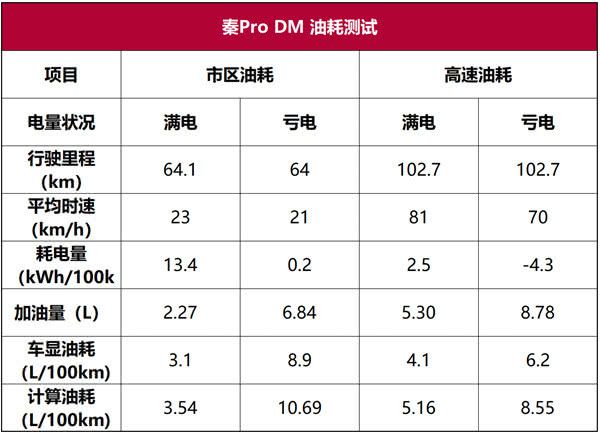
(Note: The apparent fuel consumption and power consumption of Qin Pro DM are the latest 50km data)
As for the part of fuel consumption that everyone is most concerned about, according to our standard test method, in HEV+ECO mode, Qin Pro DM measured the results of 3.54L/100km in the fully charged urban area, 5.16L/100km in the high-speed urban area, 10.69L/100km in the power-deficient urban area and 8.55L/100km in the high-speed urban area.
When fully charged, Qin Pro DM will be driven by more motors at medium and low speed conditions, and driven by more engines at high speed conditions. The motors will assist when accelerating at high speed to ensure that the engine is always in the best working range, so it is natural to save fuel. It should be noted that because of this adjustment logic, the power consumption of Qin Pro DM will be relatively high when it is used in the mixed mode in urban areas. According to anecdotal reports, the battery capacity of Qin Pro DM is 14.3kw, and according to the apparent power consumption of 13.4kWh/100km when we tested it, the vehicle will enter a state of power loss (15% remaining power, compulsory charging) after being fully charged.
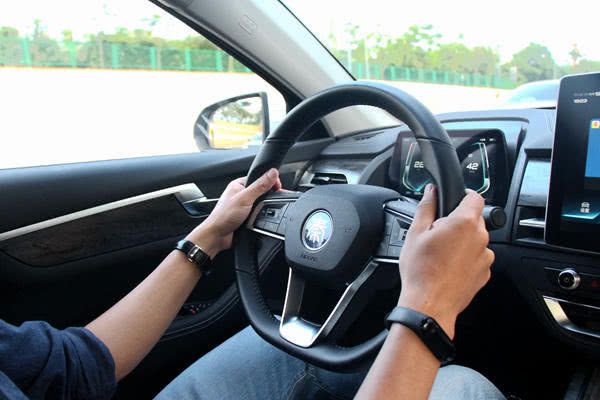
It is rare and valuable that the fuel consumption of Qin Pro DM is also well controlled in the state of power loss, and the charging efficiency at high speed is very high. The measured 15% power is on the high speed. After running 102.7 kilometers of high-speed test, the vehicle has 49% power. The main credit for this performance should be attributed to the new BSG motor of this generation of hybrid system. According to official data, the maximum power of BSG motor of Qin Pro DM reaches 25kw, and the power generation efficiency can reach 94%. At 10km/h, the power generation efficiency is improved by 45% compared with the previous generation. BYD’s previous generation hybrid system needs to drive the motor to generate electricity when the wheels are driven by the engine, while the new generation hybrid system can completely disconnect the engine and the motor when it is crawling. The engine only drives the BSG motor to generate electricity, and the motor is only responsible for providing power. The working mode is equivalent to the extended-range plug-in hybrid system, and the engine is always kept in the most economical speed range.
Not only that, because the charging efficiency is high, the power can always be kept at about 15% even if driving continuously in the state of power loss. At the beginning, only the motor is used to drive, and the power is sufficient and very smooth, and it is almost imperceptible when the engine is involved in driving. In addition, the acceleration in the middle and rear sections is not weak, and the overall power experience is quite good. However, in the process of testing the fuel consumption in the power-deficient urban area, the engine is in the starting state almost all the time, and the vibration generated by the engine when the lights are stopped can be obviously felt, and there is still room for improvement in the NVH of the powertrain.
Noise test: poor sound insulation of chassis
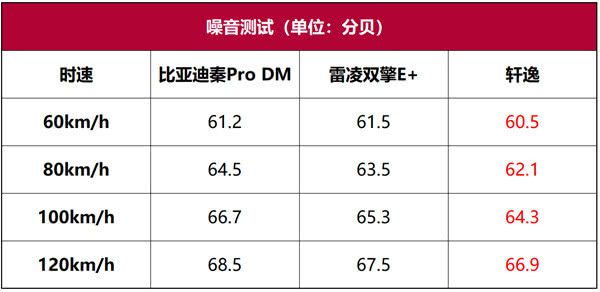
When driving in the urban area, the feeling in Qin Pro DM car is relatively quiet and comfortable, but with the increase of speed, the noise coming from the chassis becomes more and more obvious. Although it has used Michelin PRIMACY 3ST series tires with excellent mute performance, when running at high speed, the noise coming from the chassis and wheel arch is still obvious, and the sound insulation of the chassis is not good. Fortunately, this car has done a good job in motor noise control. In the car, high-frequency harsh motor noise will not be heard, and its chassis is comfortable enough, so most passengers in the car will not complain about its ride comfort.
Summary: Significant progress and excellent product performance.
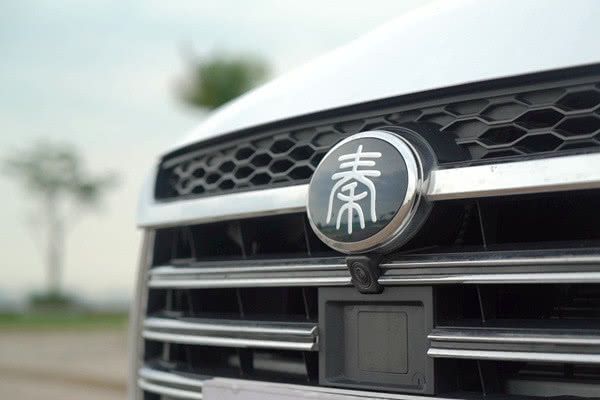
The progress of BYD’s products is very obvious, not only the exterior interior design has become more beautiful and international, but also the mechanical quality has been greatly improved. Compared with the previous generation of Qin DM, Qin Pro DM has greatly improved its performance in power combing, driving experience, power loss and fuel consumption control. After the subsidy, the price is 136.9-176.9 million. With such strong power and relatively perfect driving experience, Qin Pro DM is still full of confidence in the face of more and more competitors.